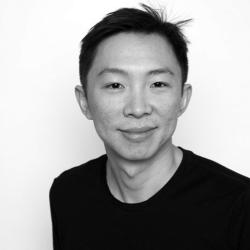@darius.woo, @kasawoo_studio
Biography
Darius Woo is a London-based architect and educator. He is the co-founder of Kasawoo, an architecture studio with an interest in defining what gentle and lightness means in architecture through minimal interventions and strategic demolitions.
Darius is a Design Fellow at the Department of Architecture, University of Cambridge where he co-leads an undergraduate design studio with a research focus on gentle urbanism. Prior to joining Cambridge, he has taught at the Architectural Association School of Architecture, the University of Greenwich, and as a visiting faculty at Cornell University.
In addition to his professional duties, Darius serves as a Director on the board of NW3 Community Land Trust, a registered community benefit society working towards the provision of affordable housing in the London Borough of Camden.
Darius holds a Bachelor of Architecture from Cornell University, and a Masters in Real Estate Finance from the University of Cambridge. He is a registered architect both in the UK and in the US (New York), and a member of the Royal Institute of British Architects and the American Institute of Architects.
Research
Trained as an architect with supplementary backgrounds in architectural theory, real estate finance and community engagement, my work and research focus on how forward-thinking designs, large or small, can generate positive externalities towards society, culture, ecology, and the economy. I am particularly interested in how lessons can be derived from a critical review of history and contemporary case studies, and how these learnings can then be applied to enrich the process of design.
Publications
The Exclusive All Inclusive: Geographies of Innovation and the Future of Work,
ORO Editions (Forthcoming)
Co-author of monograph with Kyriaki Kasabalis
“From Boardroom to Living Room… Now What?”, Cambridge University Land
Society Magazine (2020)
Co-author of article with Kyriaki Kasabalis
Lunch Vol. 9: In Excess, University of Virginia and Paper Matters Press (2014)
Chapter contributor, “Dirty Architecture”

